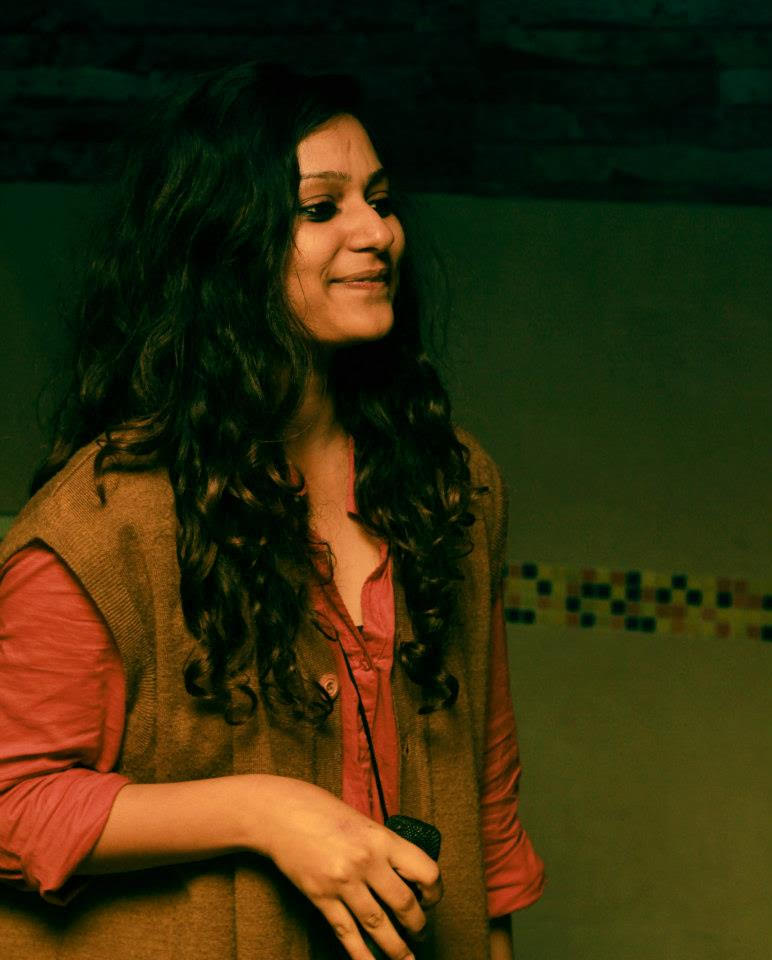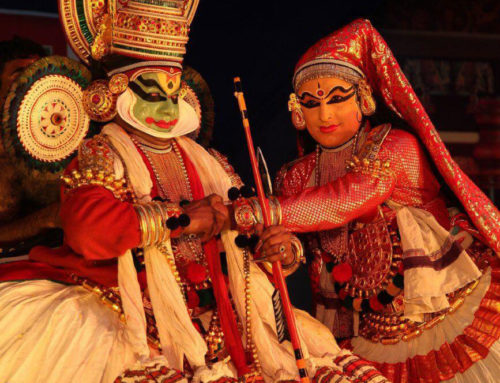“Meals make society, hold the fabric together in lots of ways that were charming and interesting and intoxicating to me. The perfect meal, or the best meals, occur in a context that frequently has very little to do with the food itself.”
– Anthony Bourdain
When you are travelling to India, food plays an important part & what you put on the end of our fork determines everything about our experiences in this part of the world. It determines your health, how comfortable you feel with the food that grows, how it is cooked and put inside you. The world, as we all know, is all about how the human race could be healthy, healthy is a peaceful word and gives way to a peaceful world.
So, travelling to India to taste and inculcate how we eat food becomes very important if you are on your way to change a little bit about your lifestyle.
Why?
We have been taught how different foods contribute to how our body acts when it enters our system, what conditions we could be in, what posture we need to be in when we eat and how it should be approached. Here, a lot of detail goes into how you sit at the table and eat a meal consciously, with a certain sense of involvement with the food and the people around them. How you consume it becomes equally important.
In other words, we believe that food is an intimate part of life – a part of life that later, it becomes a part of you inside. It is believed that eating is simply not digestion, but one life becoming a part of another. It is sacred.
In a world where fast food is taking up major amount of space in the market, it becomes very important that we look at making the right choices, bringing about a shift in our everyday choices and it would be a revolutionary act. The best way, we think to go about is to travel.
Travel with Touch Down India to the far corners of India and see how you could start a revolution in your own kitchens to bring yourself towards a more peaceful state. Because if you eat the right food, it automatically changes the natural regulatory mechanisms – you eat the right amount, you stay a healthy weight and in turn, create a more peaceful surroundings around yourself.
How Ayurveda in India Cuisine is the way forward?
There is no denying to the fact that the Ayurveda contains a wealth of knowledge on health sciences. There are various traditional India foods and their dietary guidelines that are prescribed in Ayurveda. You won’t believe that there is so much similarity in Ayurvedic diets and Indian food. Again, remember food is just one part.
“The rest all will be the mood, the atmosphere, the music, the feeling, the design, the harmony between what you have on the plate and what surrounds the plate.”
For years, the traditional India food has been prepared differently in various regions of the country but one thing that has remained constant is the ancient wisdom – its preservation techniques, and their therapeutic effects. The food here is directly linked to the presence of functional components such as body-healing chemicals, antioxidants, dietary fibers, and probiotics. The functional part, in turn is responsible for weight management, and blood sugar level balance and support immunity of the body.
“As long as we are not living in harmony with nature and our constitution, we cannot expect ourselves to be really healed. Ayurveda gives us the means.”
―David Frawley
Food in the Vedas
According to a paper published by Science Direct, “Dating back to Indian civilizations and Indian old literature, namely Bhagavadgita, Ramayana, and Manusmriti, every community that lived in India had a clear and separate food belief system. Most of these, however, have been influenced by Aryan beliefs and practices. According to Aryan belief, food was considered as a source of strength and a gift from God.”
The Aryans were people who migrated from Indo–Iranian borderlands with their cultures and customs. The early period of their settlement is called the Vedic Period. And, it gave rise to the Vedas that are an important class of religious texts in Indian literature. “The four Vedas, namely Rigveda, Samaveda, Yajurveda, and Atharva veda, describe different cereal grains and their use in our daily life. Aryans believed that food was not simply meant for body nourishment, but was the basic part of a cosmic moral cycle.”
Types of Food in the Ayurveda
- Cooked vegetables, milk, fresh fruits, and honey are meant for the truly wise and are considered as Satvik foods.
- Meat, liquor, garlic, and spicy and sour foods are classified as Tamasika foods.
- Foods that give enough energy to carry out daily work are categorized as Rajshiksha foods.
Learnings to take back after you have explored various India cuisines:
- Functional & Natural Food
- Bring sustainability to the table (Farm to table)
- Bring our Indian Grandma’s recipes
- Comfort cooking in the kitchen
“Ayurveda teaches us to cherish our innate-nature – “to love and honor who we are”, not as what people think or tell us, “who we should be.”
―Prana Gogia
Dive with us into the mysteries of fragrance, colour and taste and blend in the
diversity of Nature in your food. Stay in touch for our next blog on best Ayurvedic foods to try in India.

The interaction with Nature is the founding discourse of any traveller. Recently moving to the mountain village brought me nearer to ground, a look closer at the dance of eternity. I realised there are varied worlds steeped in beauty, innocence and imagination, not bound by false arcades of norms and pretence. Travel stories fascinate me. For me, it’s been about renegotiating newer territories; forever relocating; listening & writing stories.



